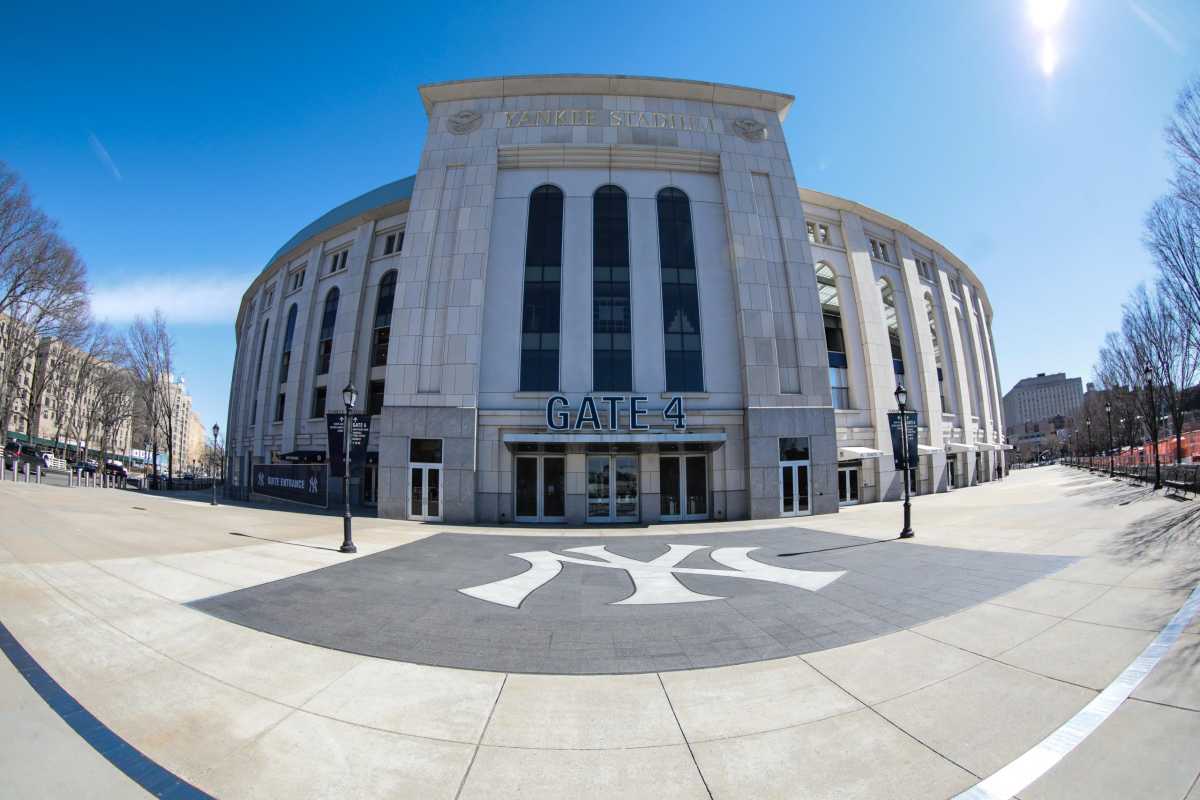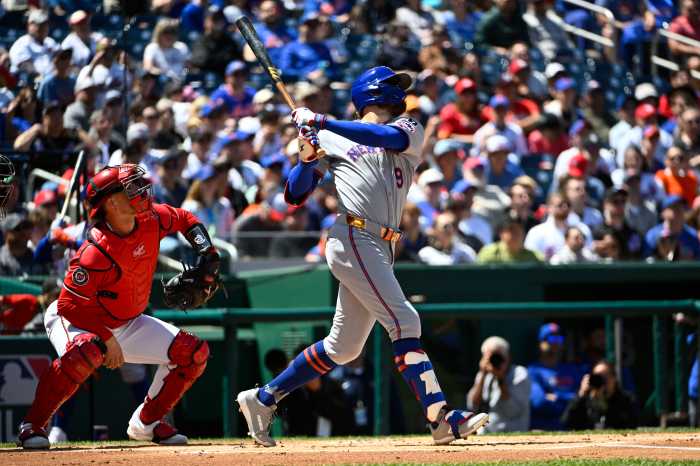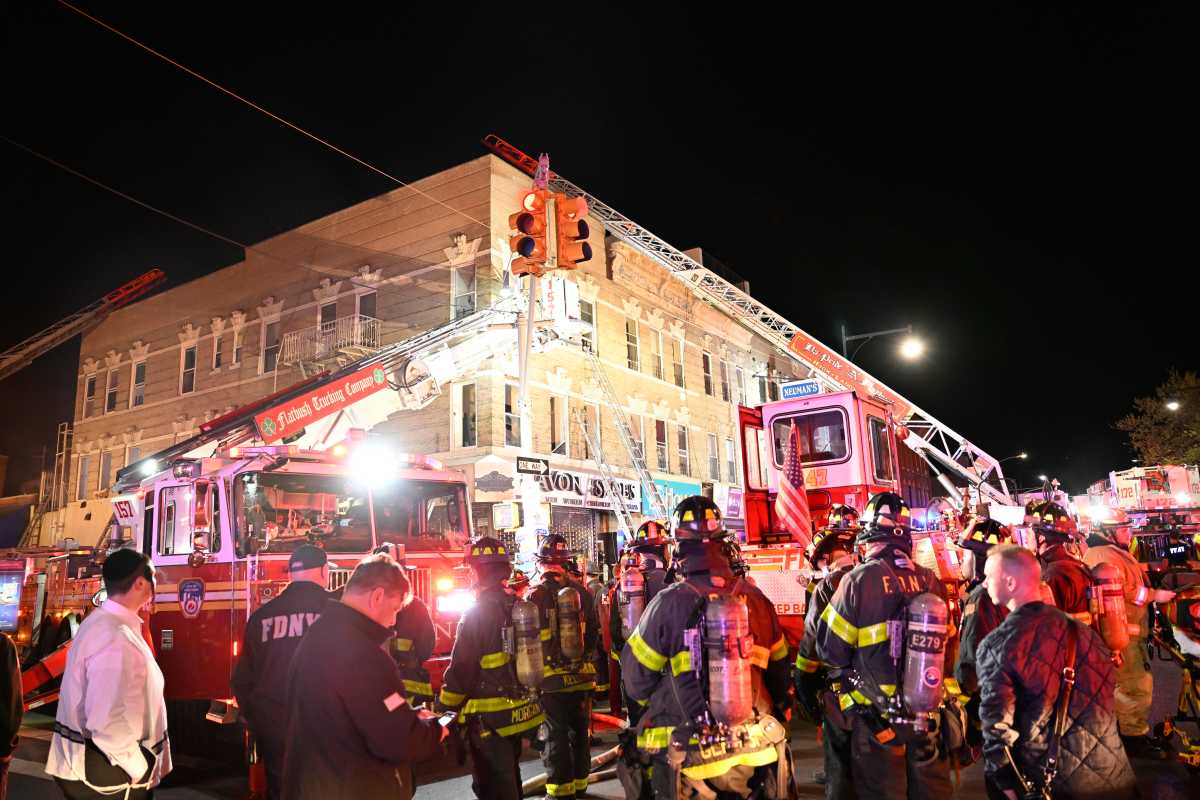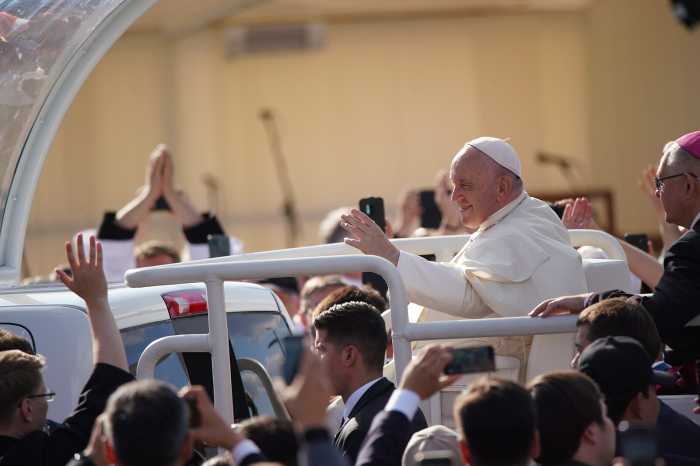Just hours before the first pitch of the 2020 Major League Baseball season in Washington, D.C., the league and players’ union agreed to expand this year’s postseason format from 10 to 16 teams.
Such an expanded format is just for this season — which is as unprecedented as ever behind a 60-game schedule created by the coronavirus pandemic and the ineffective negotiations between the league and union.
The 16-team playoffs were originally on the negotiating table in late spring and early summer, but it was apparently scrapped when commissioner Rob Manfred was forced to impose the parameters of play this year.
So how does it work?
Under this year’s format, eight teams per league will make the playoffs — each of the three division winners, each second-place team in those divisions, and the two best third-place teams.
Each division winner will be guaranteed the top three seeds and distributed based on record. The second-place teams’ placement amongst Nos. 4-6 and the so-called wild card teams at 7-8 will also come down to their regular-season marks.
The matchups will be based on seeding, which has become the tradition in the NHL and NBA. So based on last season’s standings, the playoffs under this season’s format would have looked like this:
National League
- No. 1 Los Angeles Dodgers vs. No. 8 Chicago Cubs
- No. 2 Atlanta Braves vs. No. 7 New York Mets
- No. 3 St. Louis Cardinals vs. No. 6 Arizona Diamondbacks
- No. 4 Washington Nationals vs. No. 5 Milwaukee Brewers
American League
- No. 1 Houston Astros vs. No. 8 Texas Rangers
- No. 2 New York Yankees vs. No. 7 Boston Red Sox
- No. 3 Minnesota Twins vs. No. 6 Cleveland Indians
- No. 4 Oakland Athletics vs. No. 5 Tampa Bay Rays
Due to scheduling restraints, the first round will be a best-of-three affair before the best-of-five Division Series and best-of-seven Championship and World Series.



































